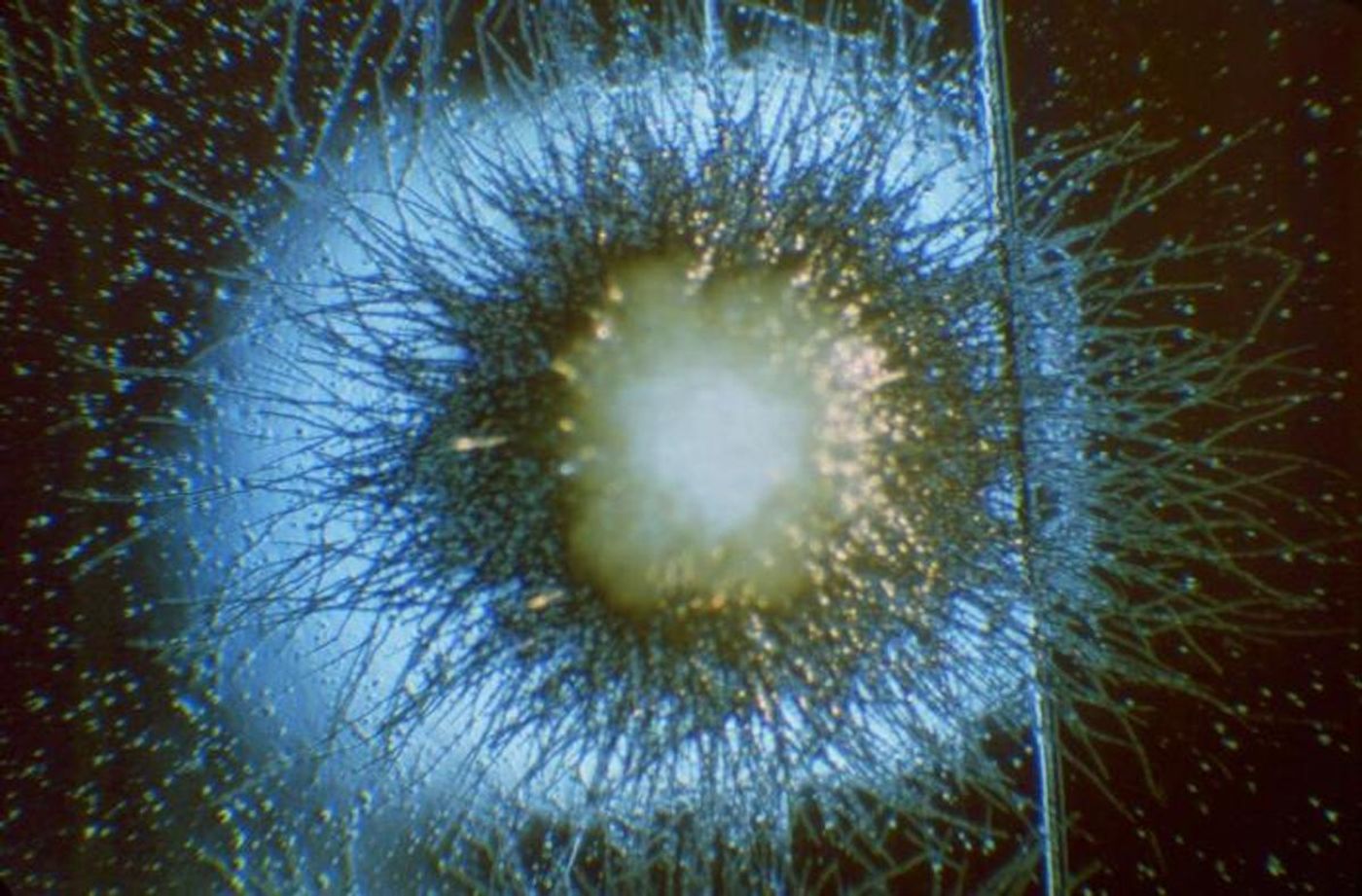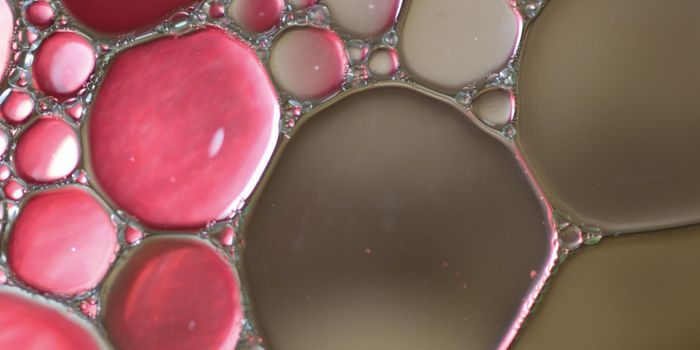Changing How We Think of Drug Resistance in Fungi
In pathogenic microbes, scientists have typically traced drug resistance to a gene or a change in a gene. It was thought that fungi also developed drug resistance because of mutations in their DNA, and currently, genetic sequencing is used to assess drug resistance in fungi. Scientists have now found, however, that fungi can gain resistance to antifungal drugs without any change in their genetic code. The findings have been reported in Nature.
It's been estimated that fungal infections cause more than one million deaths worldwide, and many more people are affected. Fungal pathogens include species of Aspergillus, Candida, and Cryptococcus, and they can be difficult to treat. There are not many effective antifungal drugs, and the infections are especially dangerous for people with compromised immune systems.
The researchers determined that actually, it's changes in the fungal epigenome that enable them to become drug-resistant. Epigenetics refers to heritable genetic changes that are not written in the DNA sequence. Often, they are chemical tags on the genome, but they can also involve the proteins that organize DNA, which may expose or hide some genes. Since genetic sequencing is used to look for drug resistance in fungi, this study suggests that many cases have been missed.
"Our study shows for the first time that fungal cells can develop drug resistance by altering how their DNA is packaged, rather than altering their DNA sequence," said the first author of the study, graduate student Sito Torres-Garcia.
Fungal diseases don't only infect people, they also affect plants. As many as one-third of global crops are lost every year to fungal pathogens.
In this work, the researchers studied drug resistance in a type of yeast, a fungus called Schizosaccharomyces pombe. To mimic the effect of antifungal drugs, they exposed it to caffeine. The researchers found that the resistant yeast generated in this experiment had an altered epigenome. Some of the yeast genes had been inactivated because they were tightly packed in heterochromatin; these epigenetic changes made them resistant to the effects of caffeine.
The researchers said that caffeine causes two important changes in the fission yeast that arise. "Epe1 is downregulated, reducing its chromatin association, and a shortened isoform of Mst2 histone acetyltransferase is expressed," they wrote. The epimutation (through heterochromatin) allows the yeast to adapt to the noxious chemical in their environment without changing their genome.
Now that researchers know more about how drug resistance might be emerging or passed on to future generations by fungi, they may be able to improve agriculture or create better therapeutics, potentially by targeting heterochromatin.
"Our team is excited about the possible implications that these findings may have for understanding how plant, animal and human fungal pathogens develop resistance to the very limited number of available and effective antifungal drug treatments," said the study leader Professor Robin Allshire of the Wellcome Centre for Cell Biology, Institute of Cell Biology, School of Biological Sciences.
Sources: AAAS/Eurekalert! via University of Edinburgh, Nature









